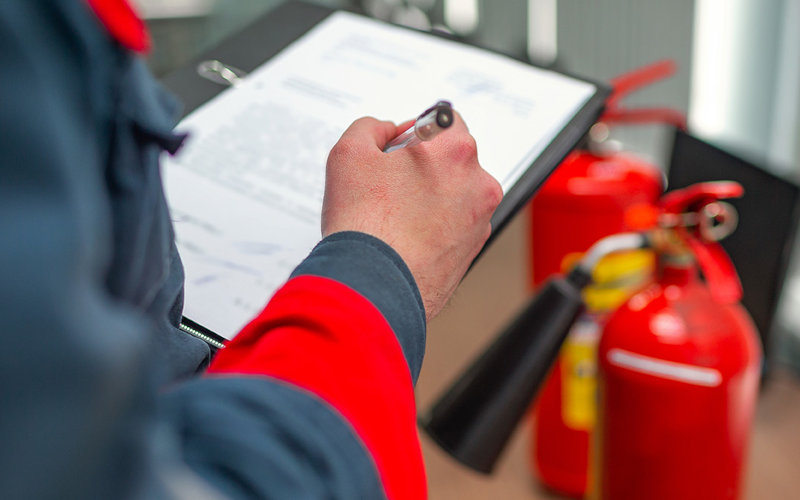Practicing lockdown drills is essential for ensuring the safety and preparedness of students, staff, and faculty in schools, workplaces, or any other public institutions. These drills help individuals know how to respond in case of an emergency. Whilst thankfully in Australia, the need to practice ‘active shooter’ drills is low due to the lower threat level than in other countries, dare I say it, such as the US. But the trigger for lockdowns is not limited to active shooter situations. Lockdowns can be triggered by other threats, such as an armed person outside or near the facility that may be experiencing a mental health episode, a ‘police incident’, or even a nearby emergency.
As an emergency management consultant and given the lower perceived risk of ‘active shooters’, I often hear that clients and facilities do not practice ‘lockdown drills’ and do not have lockdown processes in their Emergency Management Plan – with many not having emergency management plans.
Here are some of the key values of practicing lockdown drills.
- Enhanced Preparedness
- Regular drills ensure that everyone knows exactly what to do in case of a real emergency. This includes knowing where to go, how to barricade doors, and staying quiet to avoid drawing attention.
- Building Muscle Memory
- Like any emergency procedure, repeated practice helps participants react instinctively in a stressful situation. Knowing the steps can reduce panic and confusion.
- Improving Communication
- Lockdown drills also emphasise the importance of communication during emergencies. Participants learn how to communicate with authorities or others while staying safe. It also highlights the need for clear, concise communication channels for both on-site responders and external help.
- Understanding Roles
- Drills allow staff to understand their roles in a crisis, ensuring a coordinated and efficient response.
- Identifying Weaknesses
- Drills reveal any weaknesses in current emergency procedures or facility layouts. This includes identifying areas where security may need to be improved, evacuation plans adjusted, or response times shortened.
- Reducing Panic and Anxiety
- Knowing that drills are regularly practiced helps reduce anxiety and uncertainty during actual emergencies. Staff are less likely to panic when they have prior knowledge of the procedure.
- Fostering a Safe Environment
- Having a clear and practiced plan for emergencies builds a sense of safety and security, which is essential for creating a conducive learning or working environment.
- Legal and Ethical Responsibility
- Institutions have a duty of care to protect employees and visitors. Regular drills show a commitment to fulfilling that responsibility, ensuring that preparedness is not just theoretical but practiced and actionable.
In summary, lockdown drills are a critical part of emergency preparedness and practicing them ensures that everyone involved knows how to stay safe in a threatening situation. This proactive approach can save lives, reduce injuries, and provide the confidence needed to respond effectively to a crisis.
